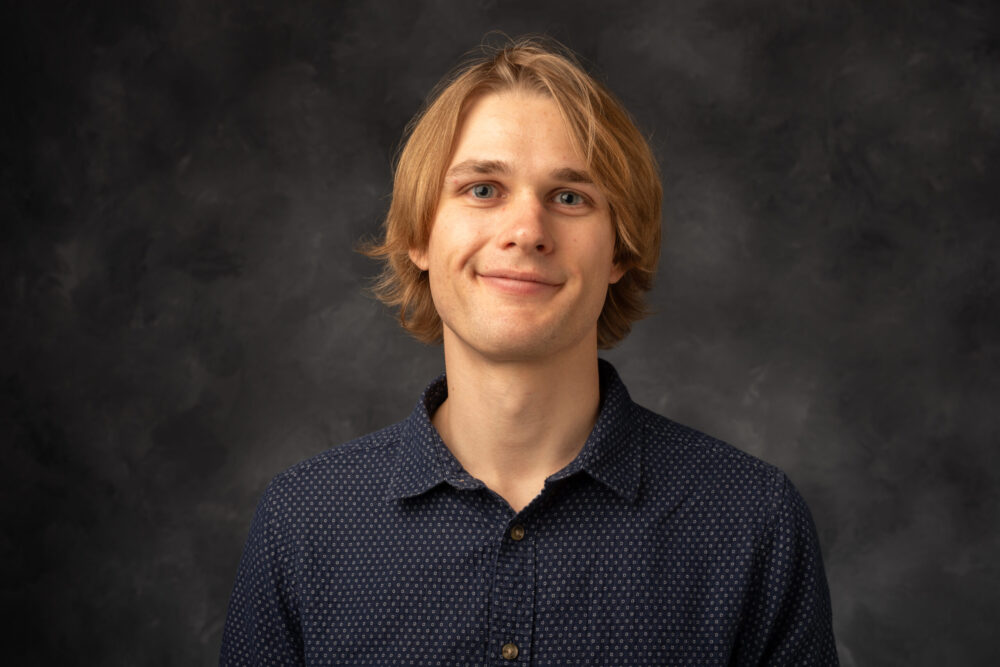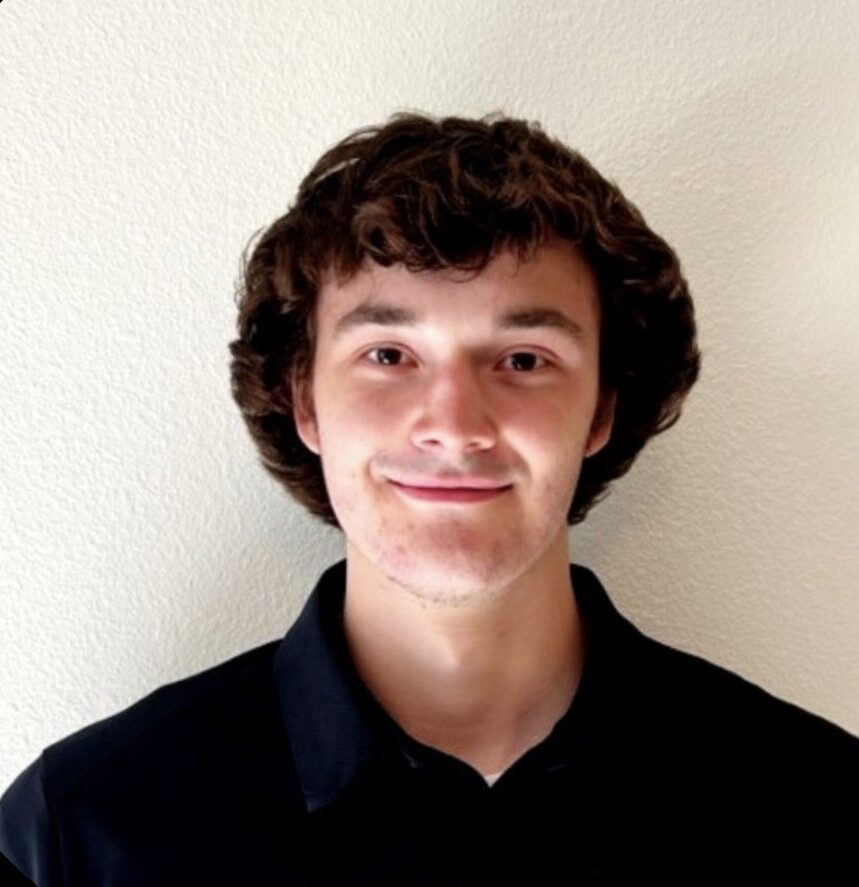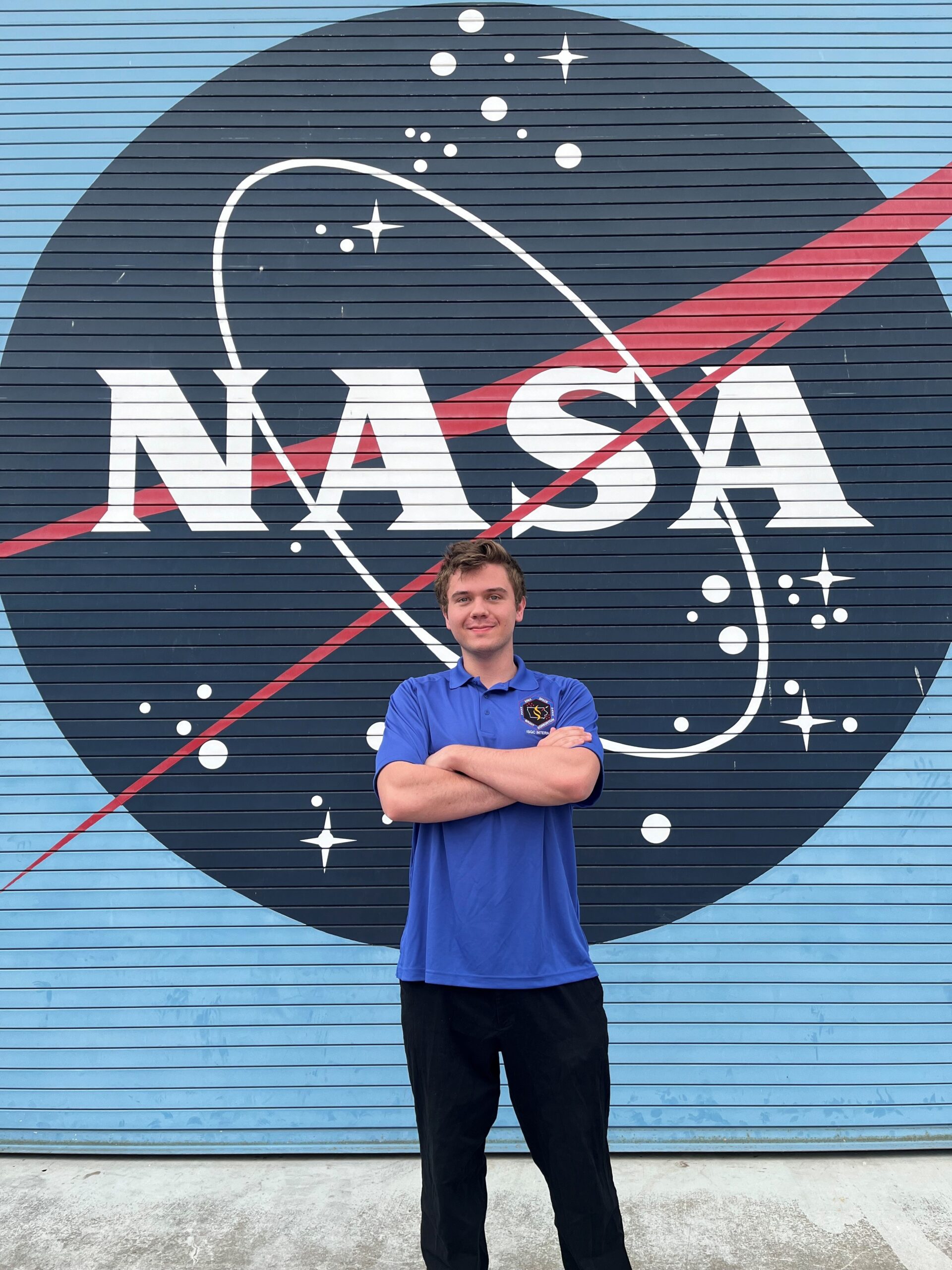Final Goals of your Project/s:
The primary objective of the markerless motion capture environment was to precisely assess individuals’ physical performance during exercise routines. Through the acquisition of a 3-dimensional representation of the human body’s joint angles and force outputs, it becomes possible to track movements with greater accuracy, thereby facilitating the identification and rectification of improper movement patterns.
The central aim of the PSION database restructuring initiative was to enhance the user interface, resulting in a more efficient and self-directed system. This would enable individuals to optimize their workout routines and enjoy a more seamless and gratifying experience overall.
Describe what you did during your internship:
During my internship, I had the opportunity to work on two significant projects. The first project was centered around the development of a cutting-edge markerless motion capture environment, specifically designed to cater to the physical exercise requirements of astronauts. This innovative system enables the collection and analysis of multiple biofeedback data streams, which are then utilized to model the individual, thereby facilitating the enhancement of workout techniques. Our team accomplished a remarkable feat by devising a pipeline that harnessed the wifi capabilities of multiple GoPro cameras. This resulted in the automatic downloading of videos, synchronization of time codes, and integration of joint angles and limb placement into the videos, courtesy of a motion capture system.
The second project, PSION, was primarily focused on the revamping of the frontend software system for all IoT data streams. My role in this project involved mastering the React programming language and utilizing my newfound knowledge to redevelop the Graphical User Interface (GUI). The objective of this initiative was to streamline and optimize the user experience, and I was thrilled to be a part of this transformational undertaking.
Did you achieve your goals? What were the results?:
The objectives of each project were merely incremental steps in the larger plan for these initiatives. Despite making significant progress on both projects and achieving some of our primary goals, there are still numerous additional objectives that need to be met before the projects can be deemed fully completed.
In essence, the markerless motion capture environment and the PSION database restructuring projects served as crucial tools for deepening our understanding of individuals’ needs and challenges, and further stimulating innovative thinking for potential future applications. While there is still much work to be done, the foundation has been laid for the achievement of even greater strides in these areas.
Describe positive lessons learned:
Firstly, I learned the importance of effective communication and teamwork in achieving organizational goals. Working collaboratively with a diverse team of individuals with varying skill sets and backgrounds, I gained invaluable insights into the art of constructive dialogue, the benefits of active listening, and the importance of maintaining a positive attitude even when faced with challenges.
Secondly, I learned to embrace new challenges and take calculated risks in the pursuit of growth and development. My exposure to cutting-edge technologies, such as motion capture and IoT systems, was a steep learning curve, but I was able to rise to the challenge and expand my knowledge base through persistence and hard work.
Lastly, I learned to appreciate the value of time management and organization. Balancing multiple projects, deadlines, and priorities was no mean feat, but with careful planning and efficient use of time, I was able to remain focused and productive throughout my internship.
Overall, my internship experience has been incredibly rewarding, providing me with practical skills and knowledge that I can carry forward into my future endeavors.
Describe negative lessons learned:
One of the main negative lessons was the need to manage expectations effectively. While it is important to set ambitious goals, it is equally important to ensure that these goals are achievable within the given time frame and resources. On certain occasions, I found myself struggling to meet unrealistic expectations and timelines, leading to feelings of frustration and disappointment.
Another negative lesson that I learned was the need to be resilient in the face of failure or setbacks. Despite my best efforts, there were instances where things did not go as planned, or I made mistakes that resulted in unfavorable outcomes. However, through these experiences, I learned to accept failure as a natural part of the learning process, and to view setbacks as opportunities for growth and improvement.
Overall, the negative lessons I learned during my internship have provided me with valuable insights into the importance of effective expectation management, resilience, and self-care in achieving success and maintaining well-being.
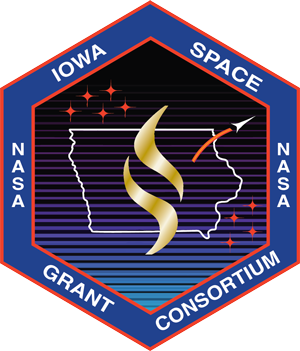

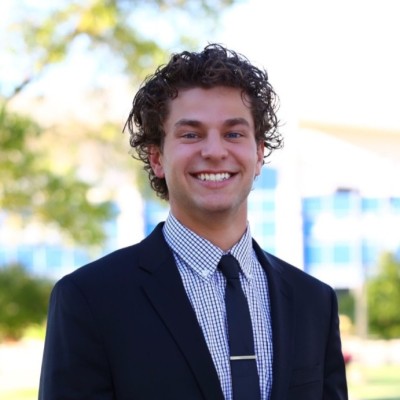
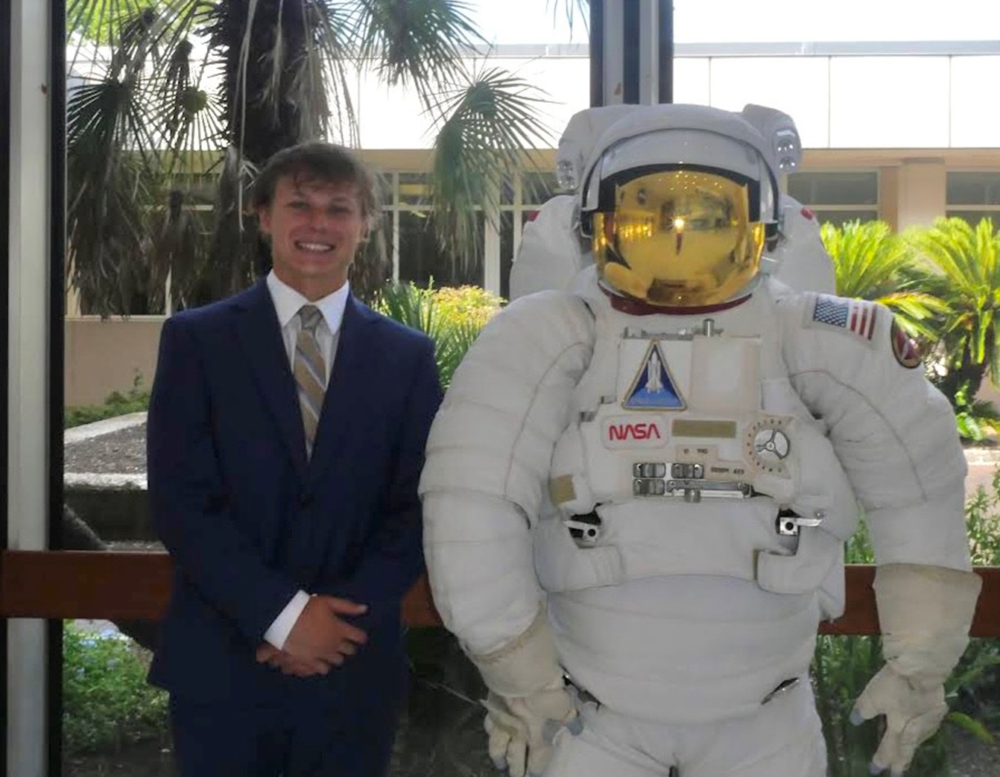
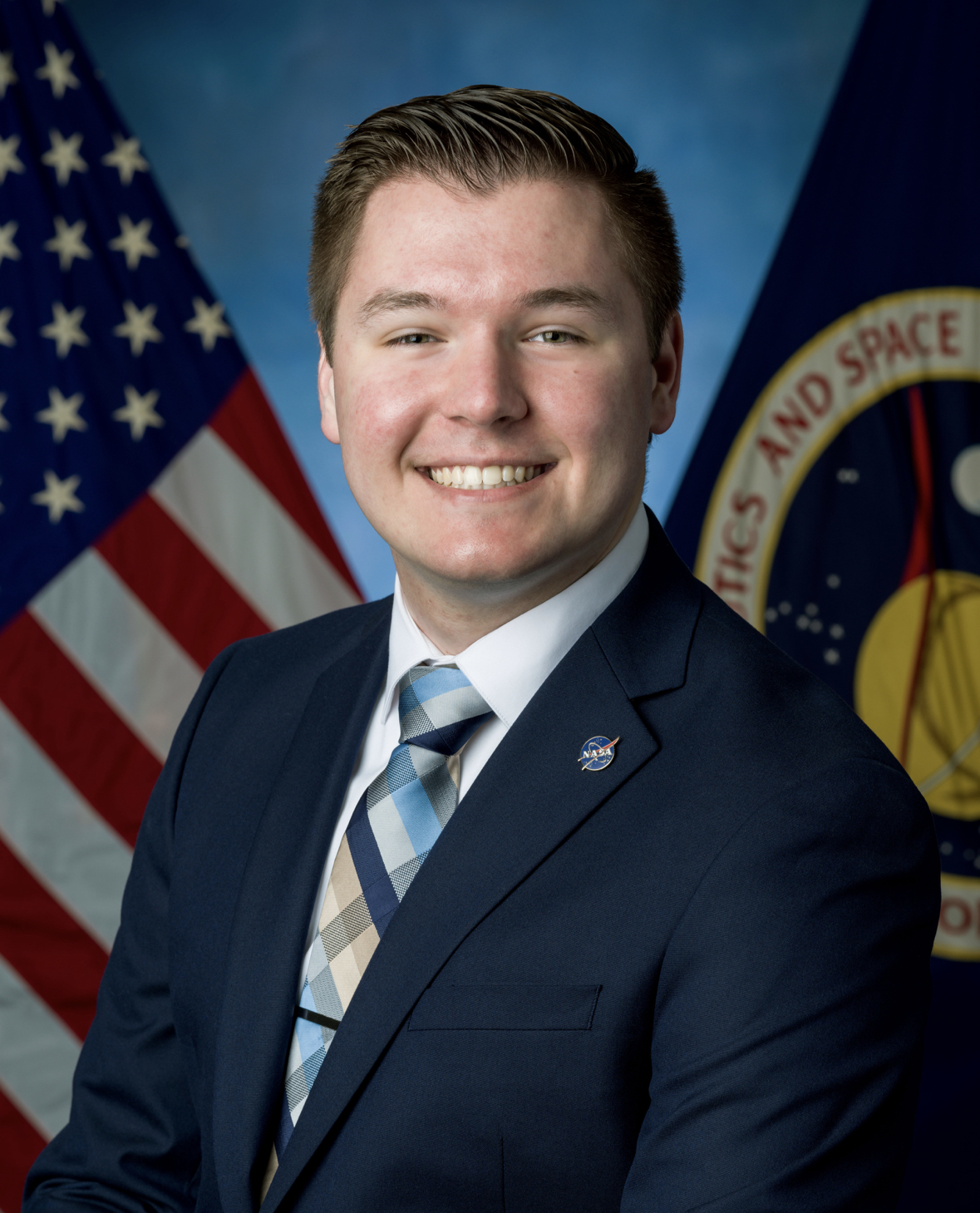
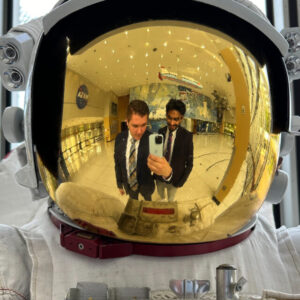 Final Goals of your Project/s:
Final Goals of your Project/s: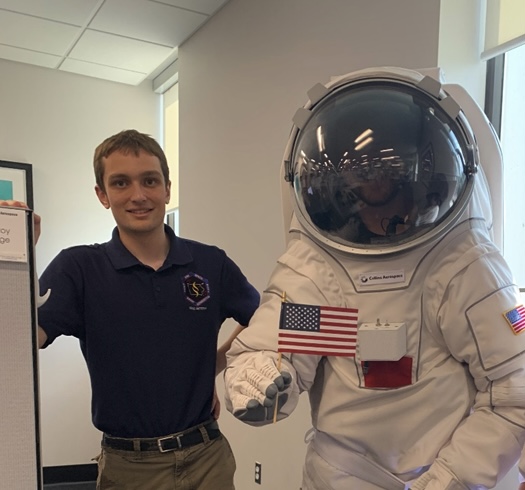
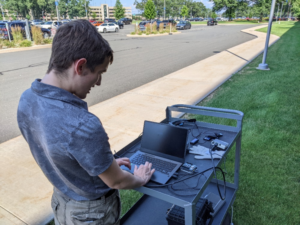 Final Goals of your Project/s:
Final Goals of your Project/s: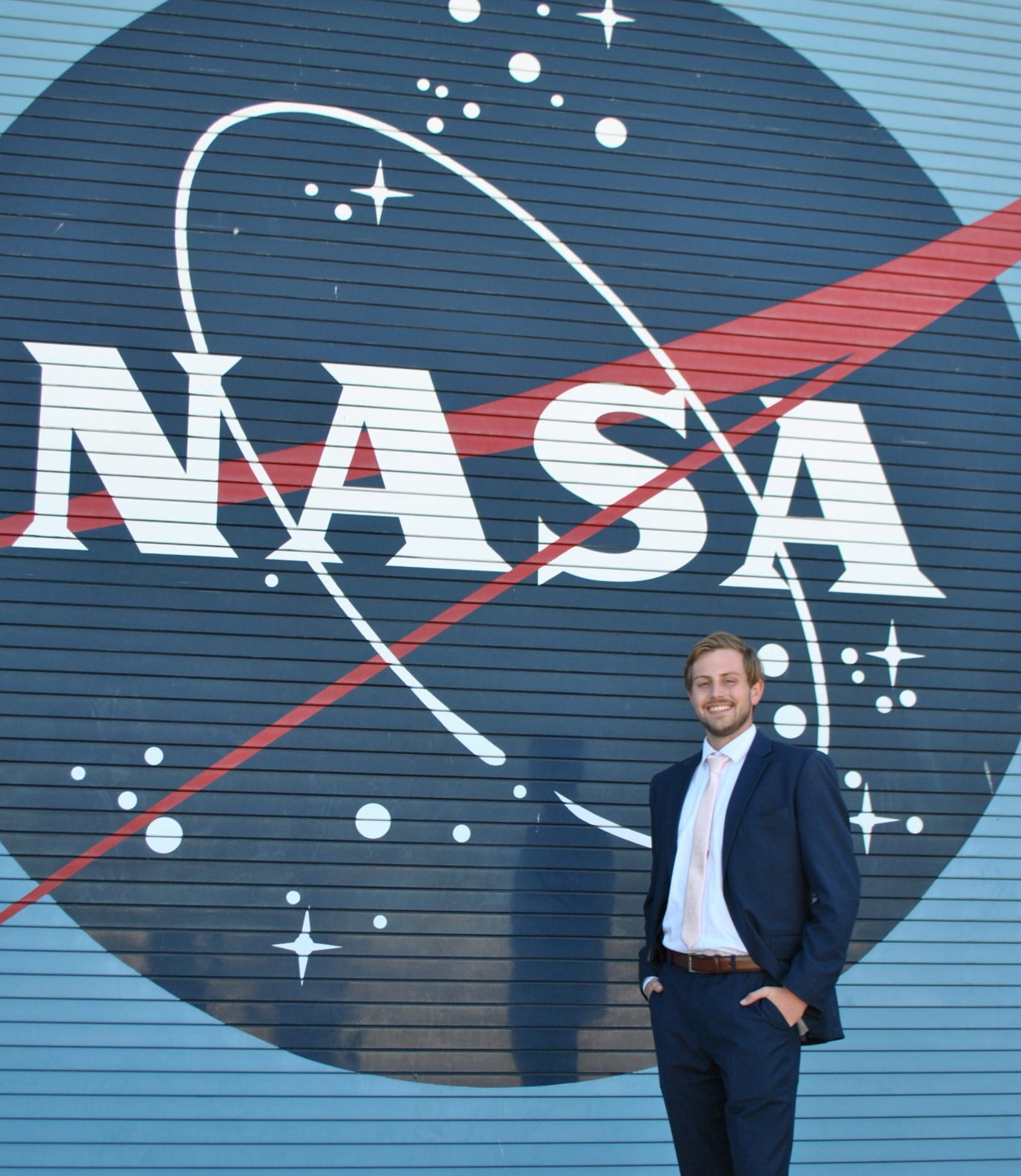
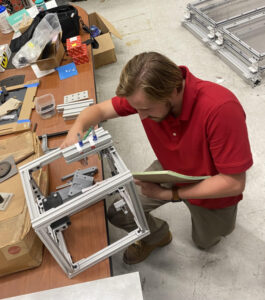 What were the final goals of your project?
What were the final goals of your project?